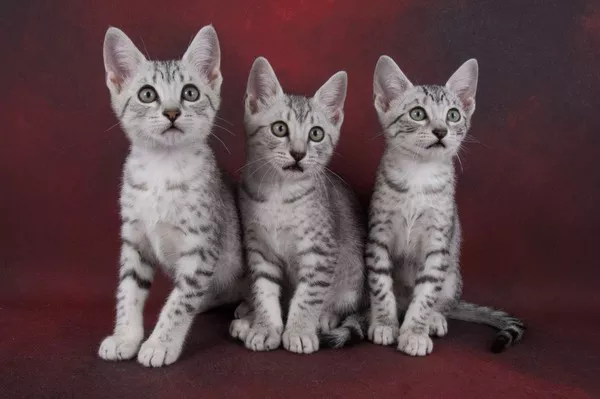Himalayan cats, with their striking blue eyes and luxurious fur, are a breed beloved by cat enthusiasts worldwide. Known for their gentle temperament and affectionate nature, Himalayans make wonderful companions for cat lovers. However, when it comes to their living environment, there is much debate about whether Himalayan cats are best suited to an indoor or outdoor lifestyle. In this article, we delve into the complexities of Himalayan cat care, examining the factors that influence their habitat preferences and the considerations that should be taken into account when deciding whether they should be indoor or outdoor cats.
Understanding the Nature of Himalayan Cats: Temperament and Behavior
Before discussing the suitability of Himalayan cats for indoor or outdoor living, it’s essential to understand their temperament and behavior. Himalayans are a breed known for their calm and docile disposition, making them well-suited for indoor living where they can enjoy the comforts of home. These cats are affectionate and social creatures, often forming strong bonds with their human companions and enjoying their company.
The Indoor Environment: Safety and Security
For many Himalayan cat owners, the decision to keep their feline friends indoors is based on concerns for their safety and well-being. Indoor living offers protection from outdoor hazards such as traffic, predators, and exposure to contagious diseases. Additionally, indoor cats are less likely to encounter accidents or injuries, such as getting lost or being involved in fights with other animals. By providing a safe and secure indoor environment, owners can ensure their Himalayan cats live long, healthy lives free from unnecessary risks.
The Outdoor Environment: Exploration and Stimulation
Despite the advantages of indoor living, some Himalayan cat owners may choose to allow their pets access to the outdoors for enrichment and stimulation. Outdoor exploration can provide cats with opportunities for exercise, mental stimulation, and social interaction with other animals. However, it’s important to weigh the benefits of outdoor access against the potential dangers, as outdoor cats are exposed to risks such as traffic accidents, encounters with aggressive animals, and exposure to parasites and infectious diseases.
Factors Influencing the Decision: Indoor Versus Outdoor Living for Himalayan Cats
When deciding whether Himalayan cats should be indoor or outdoor pets, several factors must be considered to ensure the health, safety, and well-being of the feline companions.
Breed Characteristics: Suitability for Indoor Living
Himalayan cats, with their long fur and flat faces, are not well-equipped to handle extreme temperatures and inclement weather conditions. Their thick coats make them susceptible to overheating in hot weather, while their shortened nasal passages can impede their ability to breathe properly in humid or polluted environments. As such, Himalayans are generally better suited for indoor living, where they can remain comfortable and safe from outdoor elements.
Living Environment: Urban Versus Rural Settings
The location of a cat owner’s residence can also influence the decision to keep Himalayan cats indoors or outdoors. In densely populated urban areas, where traffic and other hazards pose significant risks to outdoor cats, indoor living may be the safer option. Conversely, in rural or suburban settings with ample space and minimal traffic, owners may feel more comfortable allowing their Himalayan cats outdoor access under supervised conditions.
Lifestyle and Routine: Balancing Freedom and Safety
Ultimately, the decision to keep Himalayan cats indoors or outdoors should be based on the individual cat’s needs, as well as the owner’s lifestyle and routine. Indoor living may be more practical for owners who work long hours or live in busy urban areas, where outdoor hazards are prevalent. However, for owners with the time, resources, and willingness to provide proper supervision and care, outdoor access can offer valuable enrichment and stimulation for Himalayan cats.
Conclusion: Finding the Perfect Balance for Himalayan Cats
In the debate over whether Himalayan cats are best suited for indoor or outdoor living, there is no one-size-fits-all answer. Each cat is unique, with its own temperament, personality, and needs, and it’s essential for owners to consider these factors when making decisions about their living environment. While indoor living offers safety and security, outdoor access can provide enrichment and stimulation, albeit with increased risks.
Ultimately, the key to providing the best possible quality of life for Himalayan cats lies in finding the perfect balance between indoor and outdoor living. By creating a safe and stimulating indoor environment and offering supervised outdoor access when appropriate, owners can ensure that their feline companions lead happy, healthy, and fulfilling lives. Whether lounging on a cozy window perch indoors or exploring the wonders of the great outdoors, Himalayan cats thrive when their needs for comfort, safety, and enrichment are met with love and care.
























